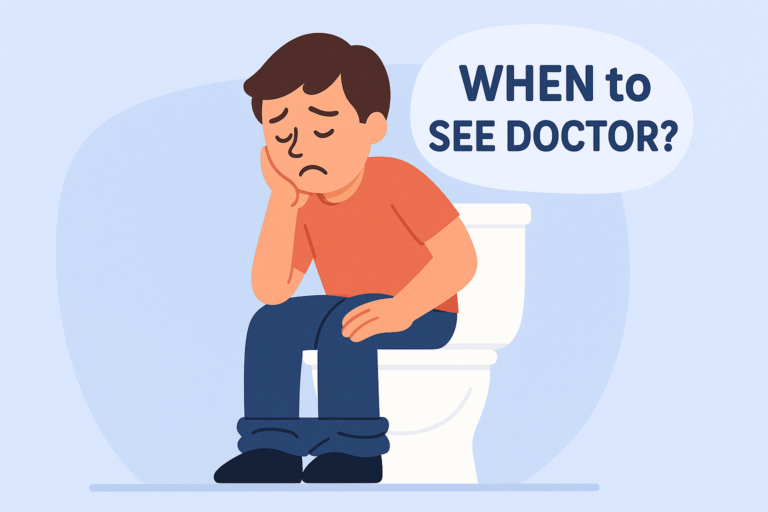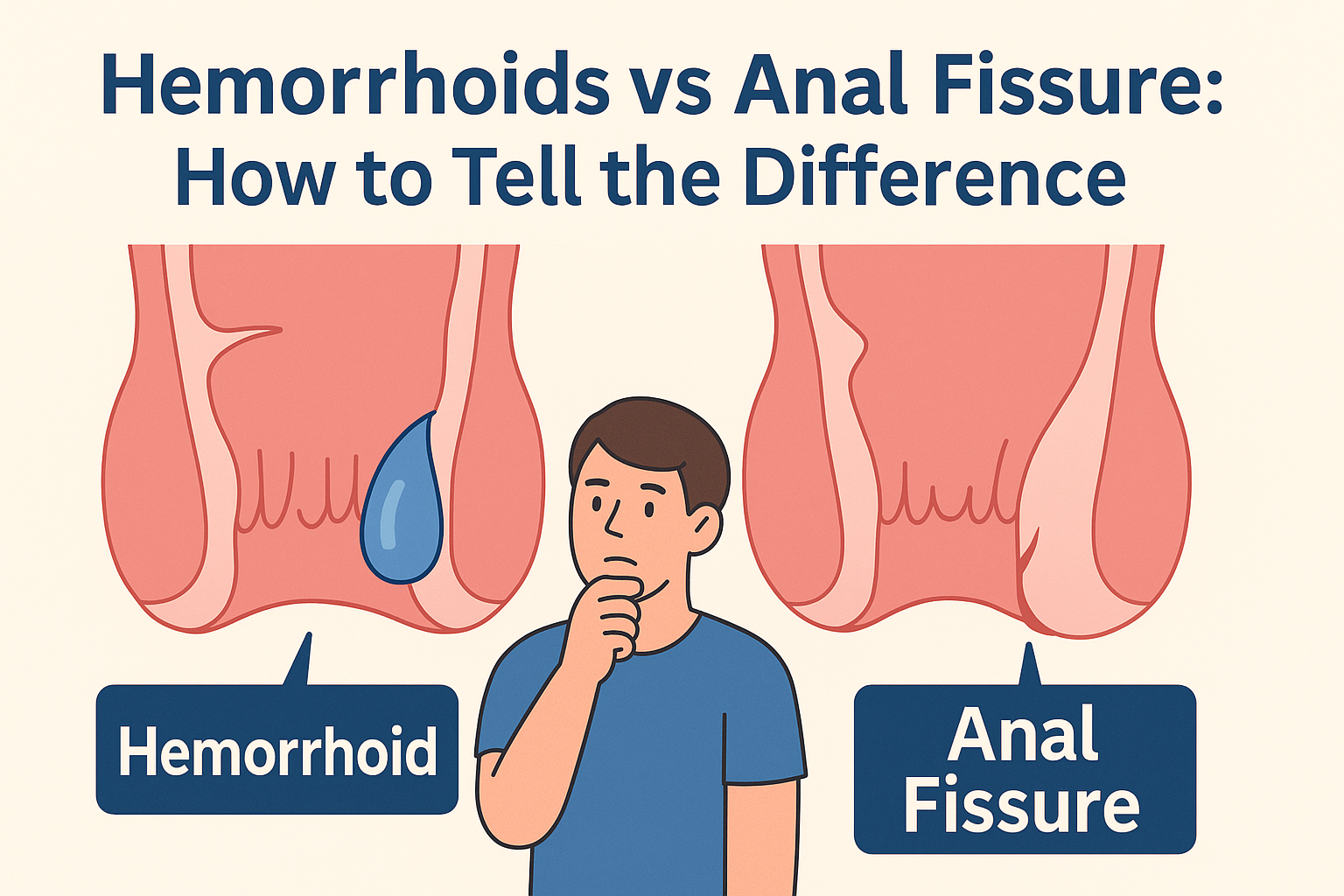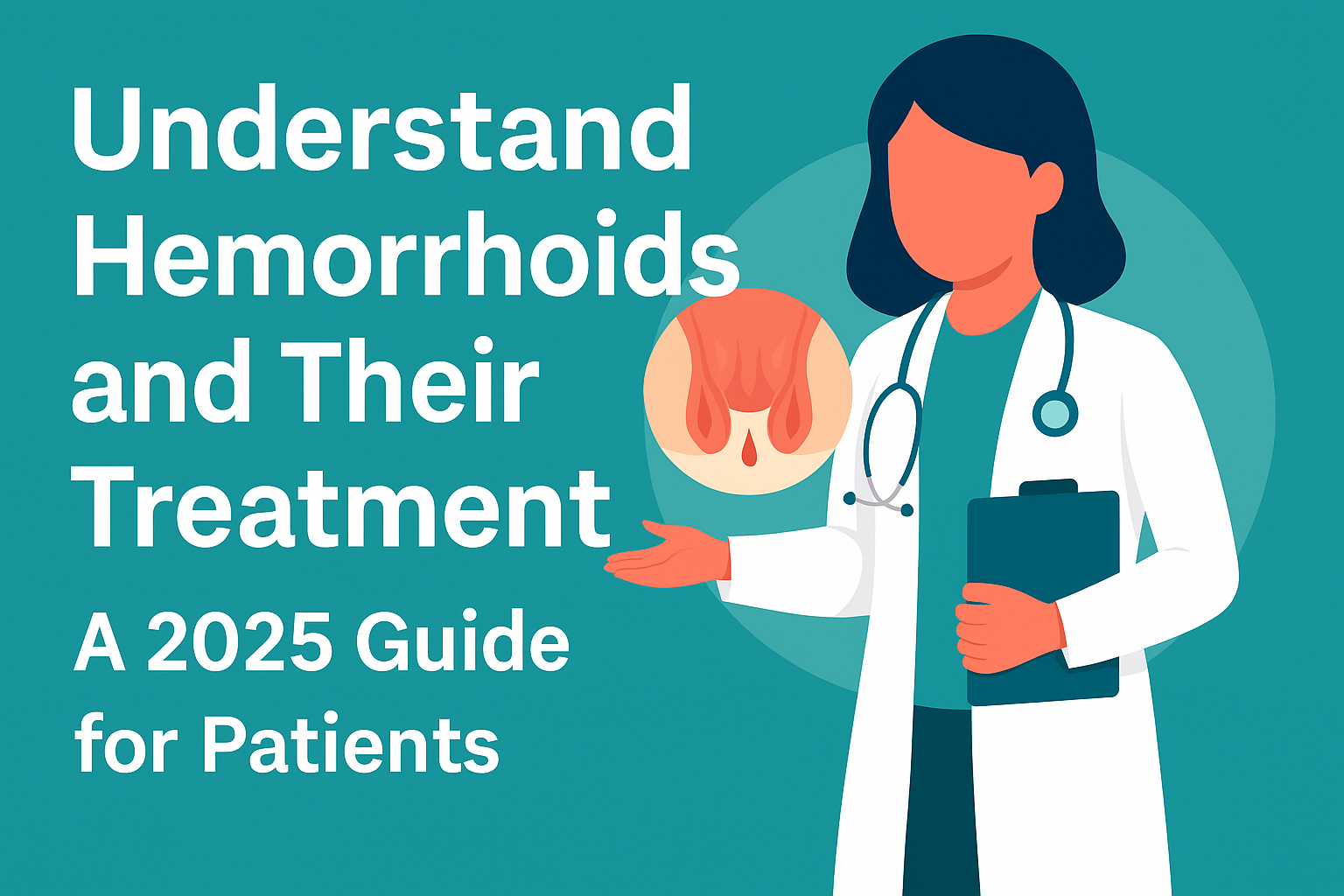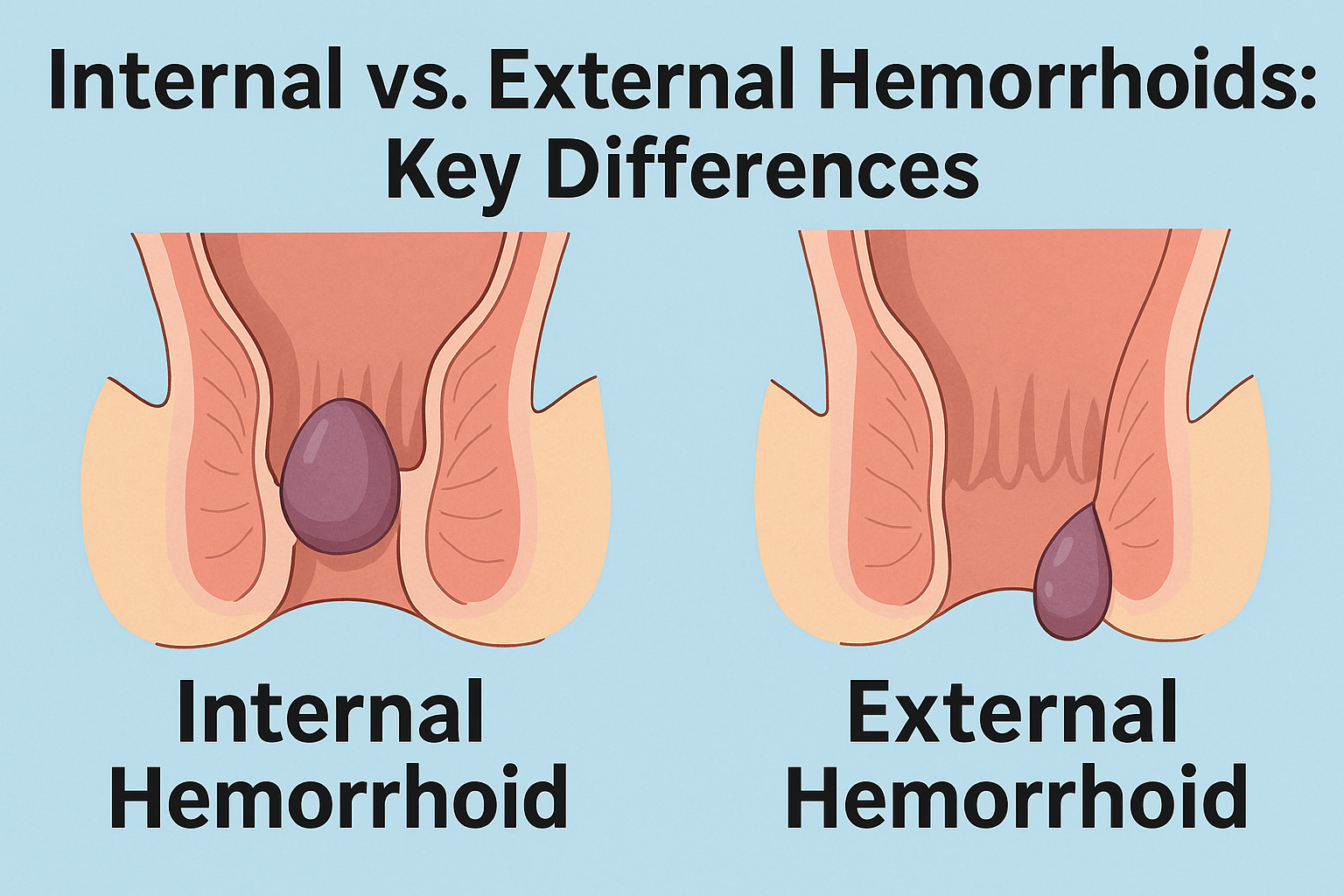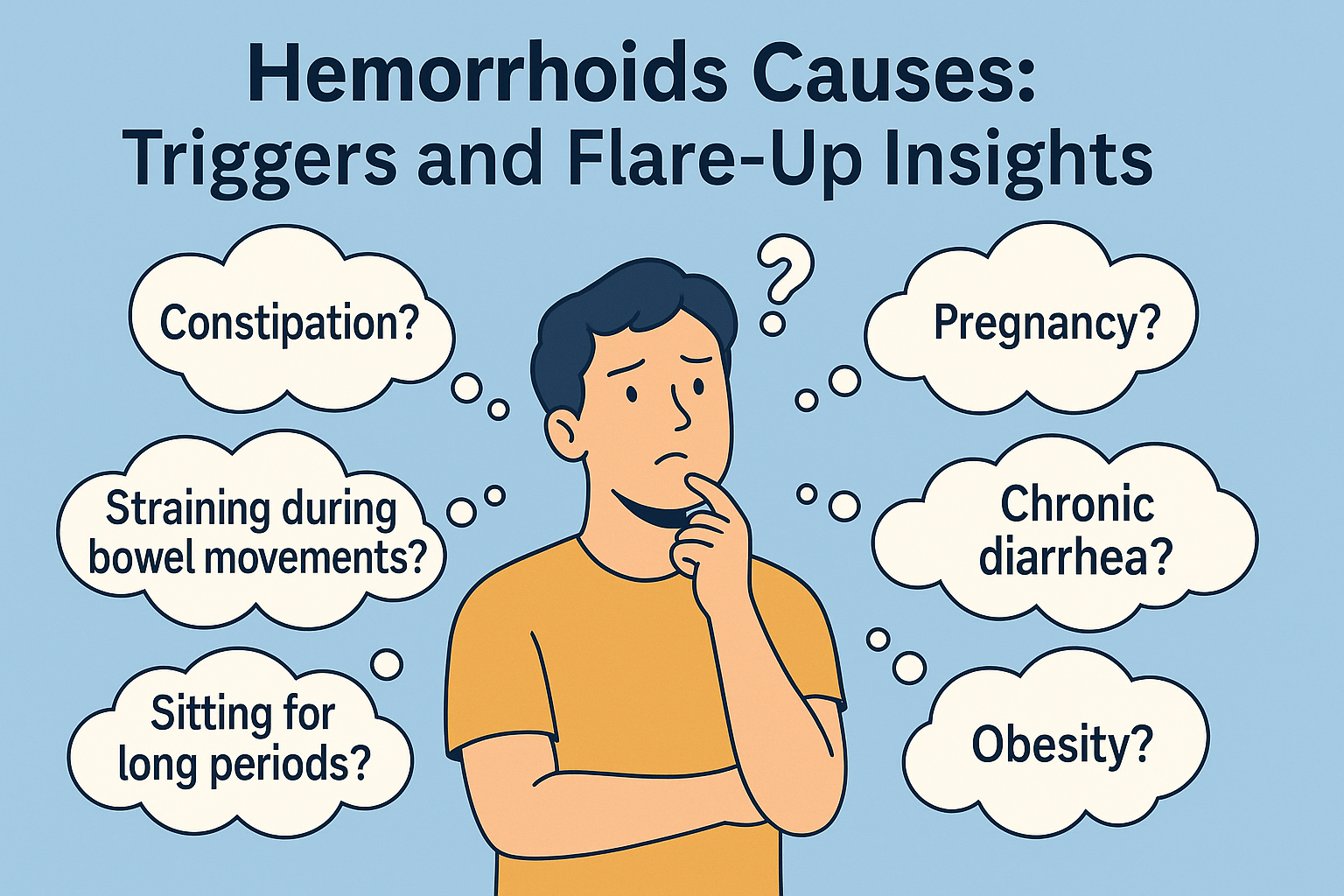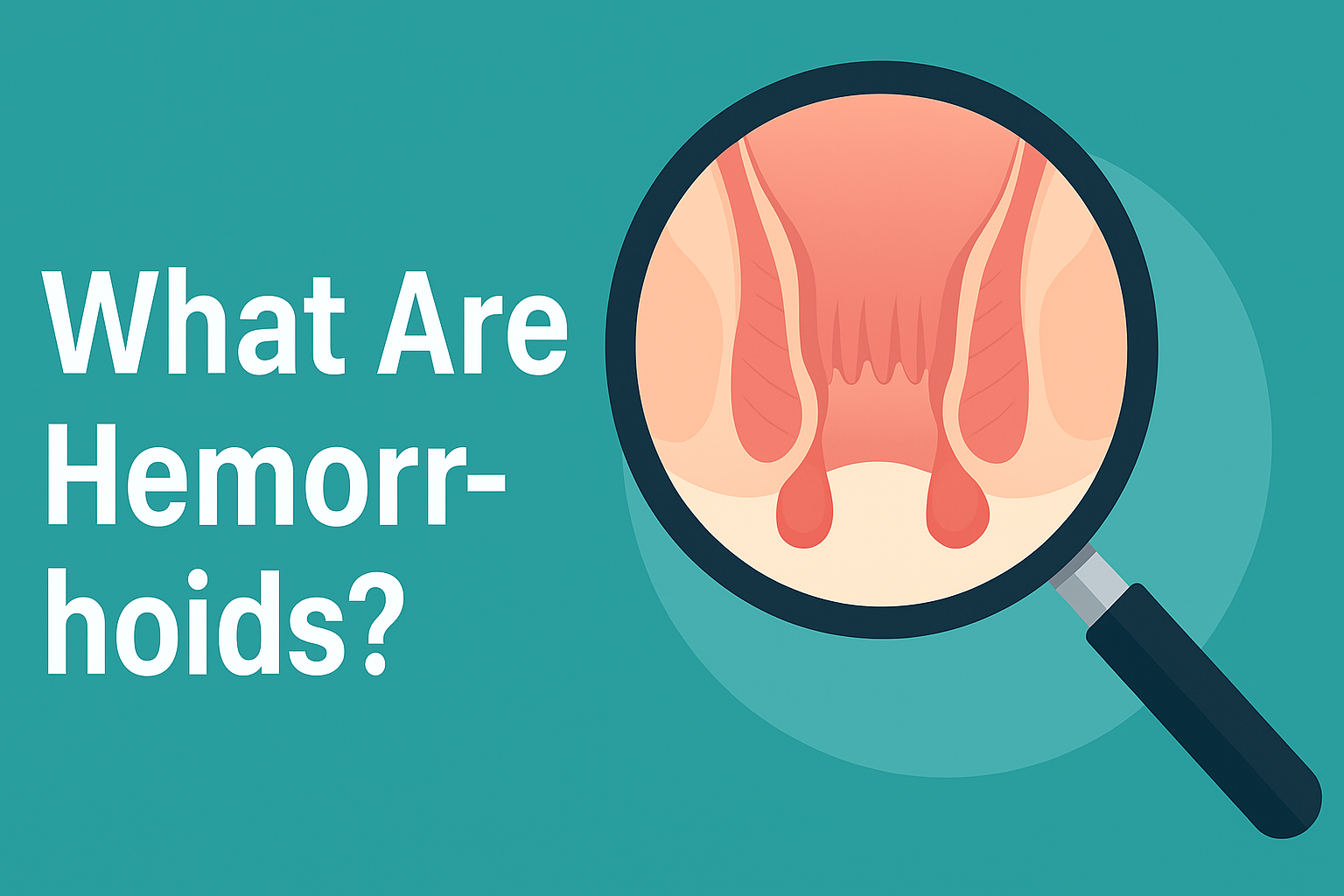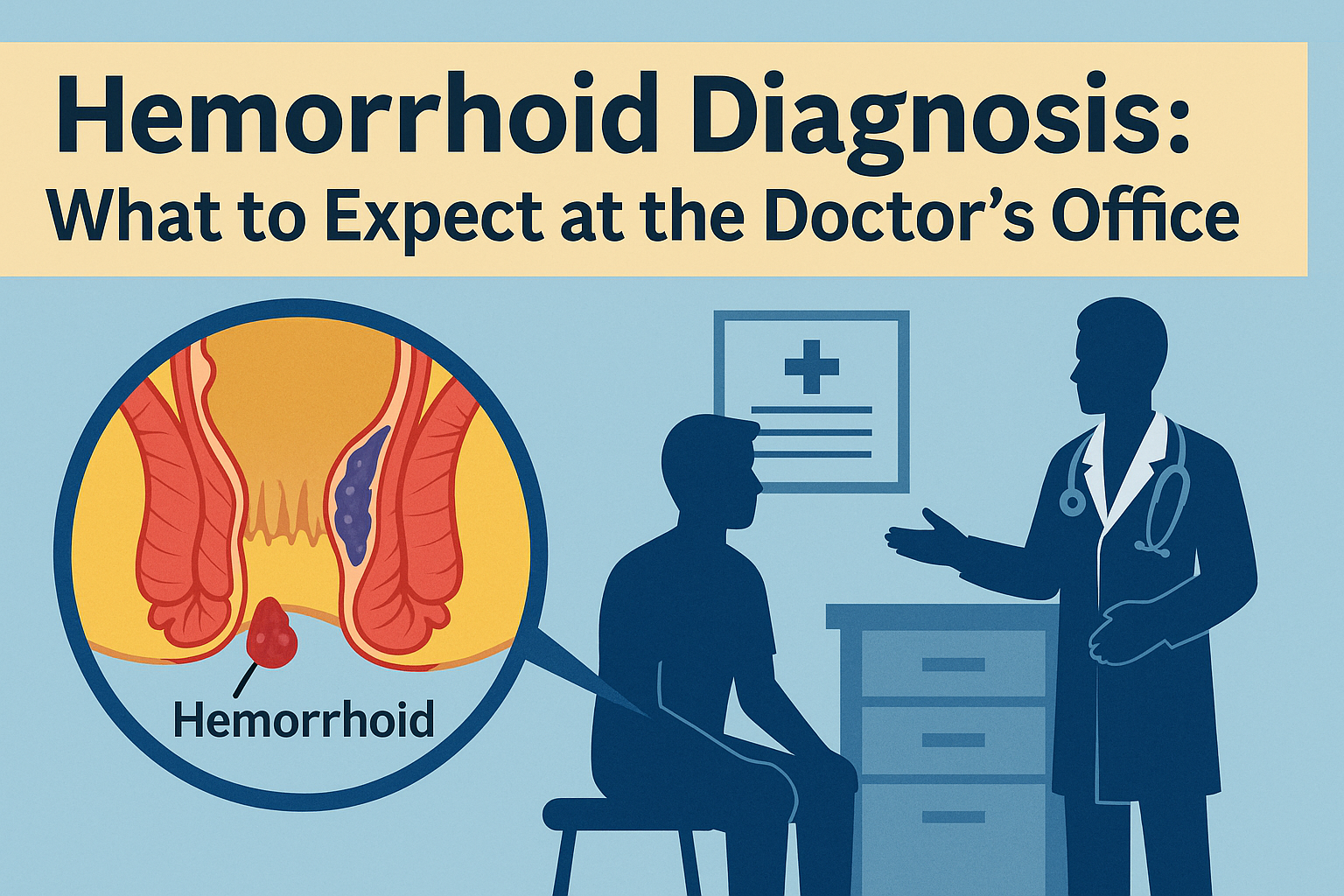
Understanding the Hemorrhoid Diagnosis Process Step by Step
Hemorrhoids can be frustrating, uncomfortable, and honestly—pretty embarrassing to talk about. But knowing how they’re diagnosed can take a lot of the fear and uncertainty out of the process. Whether you’re dealing with bleeding, itching, or just a nagging feeling that something’s off “back there,” this guide breaks down the hemorrhoid diagnosis process into clear, understandable steps.
1. Initial Symptom Assessment
The first step in the hemorrhoid diagnosis process usually starts at home. Most people notice symptoms like itching, discomfort during bowel movements, bright red blood on toilet paper, or a feeling of pressure. If symptoms persist, it’s time to visit a doctor.
At the clinic, your provider will begin by asking about your symptoms—how long you’ve had them, how severe they are, and any lifestyle or dietary factors that may be contributing. This stage is also when they’ll rule out other issues like fissures, infections, or even colorectal cancer, depending on your age and risk factors.
Tip: Keep a symptom diary for a few days—note bleeding episodes, pain level, and bathroom habits. It helps paint a clearer picture for your doctor.
2. Anoscopy
Anoscopy is a common tool used during hemorrhoid diagnosis. It’s a small, short, tube-like instrument with a light that allows the doctor to see inside your anal canal.
This procedure is quick and typically done in-office. It allows for a clear look at internal hemorrhoids, which are often not visible externally. The whole process takes just a few minutes and is usually painless, though it might feel a little awkward.
Pro tip: Breathe normally and relax—tensing up only makes it more uncomfortable than it needs to be.
3. Digital Rectal Exam
In this part of the exam, the doctor gently inserts a lubricated, gloved finger into the rectum to check for swollen veins, abnormal masses, or tenderness. It may sound intimidating, but it’s over in seconds and helps assess the tone of your anal muscles as well.
Digital exams are useful for both external and internal hemorrhoids and are especially important for ruling out other issues like rectal tumors or strictures. If there’s any pain, let your doctor know—they’ll adjust accordingly.
4. Endoscopic Procedures
If symptoms are severe, recurring, or if there’s concern about other conditions, your doctor might recommend further imaging with sigmoidoscopy or colonoscopy.
These procedures use longer, flexible tubes with cameras to view the inside of your colon and rectum. They’re typically used if:
- You’re over 45 or have risk factors for colorectal cancer
- Bleeding is frequent or unexplained
- Hemorrhoids haven’t responded to treatment
These are usually scheduled separately and require bowel prep, but they provide a complete picture of your lower digestive tract health.
5. Pain-Free Options & Doctor-Patient Interaction
One of the biggest hesitations patients have is fear of pain or embarrassment. But modern diagnostics for hemorrhoids are minimally invasive and usually very manageable.
The key is open communication. If you’re nervous or in pain, say so. Most providers will go at your pace, explain each step, and help you feel comfortable throughout. Many clinics also offer numbing agents if needed, and procedures are done in private, respectful settings.
Remember: you’re not the first or the last person to get a hemorrhoid exam. Your doctor has seen it all.
6. When Tests Are Not Needed vs. When Absolutely Necessary
Not every case needs a full battery of tests. If your symptoms are mild, clearly caused by diet or straining, and improve with fiber and hydration, your doctor might skip imaging altogether.
But if you’re seeing persistent bleeding, major discomfort, sudden changes in bowel habits, or have a family history of colon issues, then more in-depth tests are absolutely worth doing. Catching something early—even if it’s not serious—can save a lot of pain (and worry) down the road.
Final Thoughts
The hemorrhoid diagnosis process may sound intimidating at first, but it’s usually quick, straightforward, and relatively painless. Knowing what to expect helps reduce fear and encourages earlier visits—which often leads to faster healing.
Don’t suffer in silence. If something feels off, trust your gut and talk to your doctor. Hemorrhoids are common, and with the right diagnosis, relief is definitely possible.


